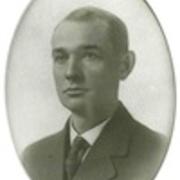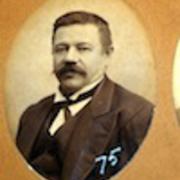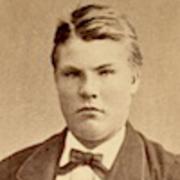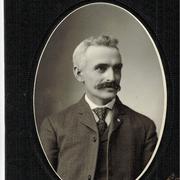
Church of the Assumption
Here is a brief history of the Church of the Assumption from it's website:
The Church of the Assumption was founded in 1856 by Bishop Joseph Cretin and served newly arrived immigrants from Germany. Ground was broken for the first church on Aug. 15, 1856, the Feast of the Assumption, and the chuch sat just north of the present site.
By 1871, the parish had outgrown the building, and work began on the new church. Its Romanesque architecture – the towering twin spires, massive stone presence, rounded arches and apse over the altar-were modeled after the Ludwigkirche in Munich.
Assumption’s east tower holds four bells heard in every corner of downtown St. Paul. The Angelus Bell was installed in the first church. Four bells, including the original from the first church were installed when the present church was constructed. Before 1975, when the bells became electrically controlled, they were rung by pulling 200-foot ropes.
Much of the church’s interior design and decor remains unchanged from the construction in the late 1800s. The statue of Mary in the center of the high altar comes from the first church.
Tucked in the heart of downtown St. Paul, Assumption sits close to the Dorothy Day Center and Catholic Charities, places that care for society’s overlooked. It was at the Assumption that Catholic Charities of St. Paul and Minneapolis was born. In the late 1800s and early 1900s, the church ran an orphanage, known today as St. Joseph's Home for Children.
Today’s parishoners continue that tradition of service.
As St. Paul grew five daughter churches – Sacred Heart, St. Francis de Sales, St. Matthew’s, St. Agnes and St. Bernard’s – were spun off from the Assumption.
To read more about the Church of the Assumption click here.





